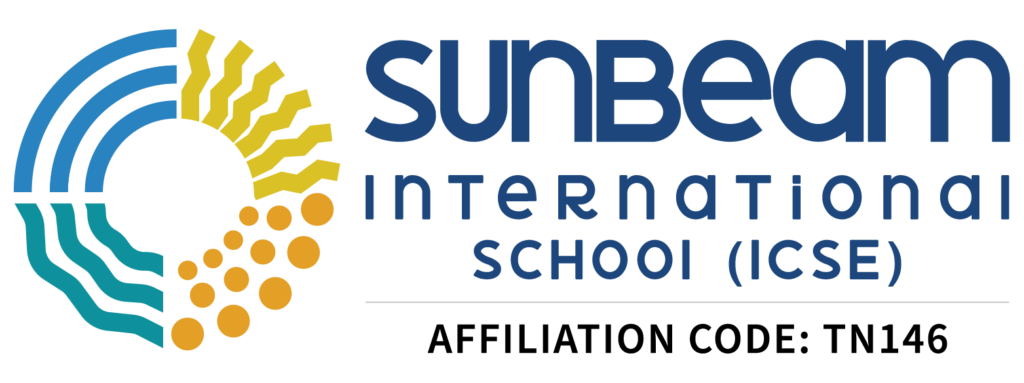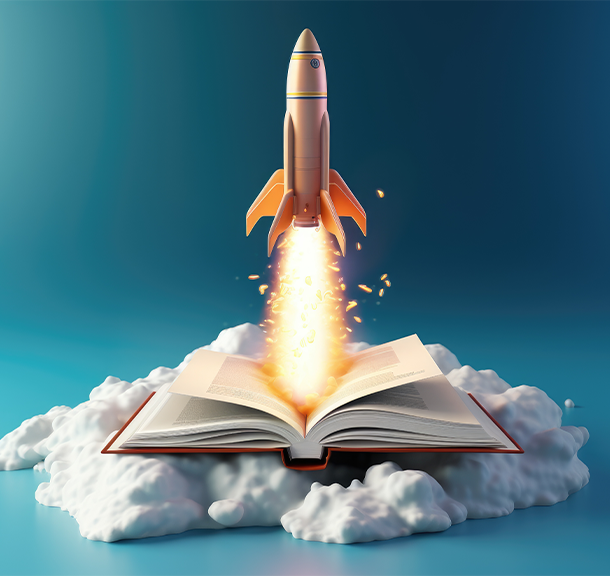

suitable for kids in grades K-8.
1. Baking Soda Balloon Experiment
Can you make a balloon inflate on its own? All you need is some baking soda, vinegar, a bottle, and a balloon. This experiment demonstrates the chemical reaction between an acid and a base, which produces carbon dioxide gas. The gas fills up the balloon and makes it expand.
2. Rainbow in a Jar
Enjoy finding out about the basics of color mixing and the density of liquids with this one simple water density experiment. All you need is some water, food coloring, sugar, and a tall glass. This experiment shows how different liquids have different densities and how they can form layers
based on their densities.
3. Magic Milk
What happens when you add dish soap to milk? You get a colorful explosion of patterns! This experiment reveals the effect of soap on the fat molecules in milk, which causes them to move around and create swirls of color.
4. Seed Germination Experiment
How do plants grow from seeds? What do they need to germinate and sprout? In this experiment, you can observe the process of seed germination using some beans, paper towels, plastic bags, and water. You can also test different variables, such as light, temperature, and moisture, to see how they affect the growth of the seeds.
5. Egg Vinegar Experiment
Can you make an egg bounce? How about making it transparent? In this experiment, you can transform an egg by soaking it in vinegar for a few days. The vinegar dissolves the calcium carbonate shell of the egg and leaves behind a soft membrane that you can see through.
6. Lava Lamp Experiment
Create your own lava lamp using a clear bottle, water, vegetable oil, food coloring, and an effervescent tablet. This experiment illustrates the concept of immiscible liquids, which are liquids that do not mix together. The oil floats on top of the water because it is less dense. When you add
the tablet, it produces bubbles of carbon dioxide gas that carry the colored water droplets up and down the bottle.
7. Oobleck
Oobleck is a strange substance that behaves like a solid when you squeeze it or hit it, but flows like a liquid when you let it go or pour it. It is made from cornstarch and water and is also known as a non-Newtonian fluid. This means that its viscosity or thickness changes depending on how much force or pressure is applied to it.
8. Chromatography
Chromatography is a technique that separates the different components of a mixture based on their solubility or how easily they dissolve in a solvent. In this experiment, you can use chromatography to separate the different dyes in inks or candies. All you need is some non-washable felt tip pens or candies, filter paper or coffee filters, and water.
9. Elephants Toothpaste
Elephant toothpaste is a spectacular experiment that produces a huge foamy eruption that looks like toothpaste for an elephant. It involves mixing hydrogen peroxide, dish soap, food coloring, and yeast in a large bottle or container. The yeast acts as a catalyst that speeds up the decomposition of hydrogen peroxide into water and oxygen gas. The gas gets trapped in the soap bubbles and creates a massive amount of foam.
10. Water Fireworks
Create your own water fireworks using a glass of water, oil, food coloring, and an effervescent tablet. This experiment demonstrates the concept of density and how oil and water do not mix together. The oil floats on top of the water because it is less dense. When you add the tablet, it produces bubbles of carbon dioxide gas that carry the colored oil droplets up and down the glass.
These are just some of the many fun and easy science experiments that you can do with your kids at home or in school. They are not only entertaining but also educational and can spark their curiosity and interest in science.


